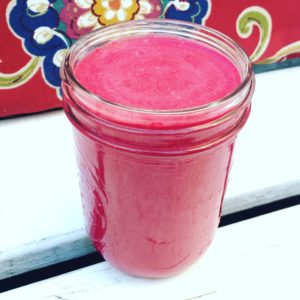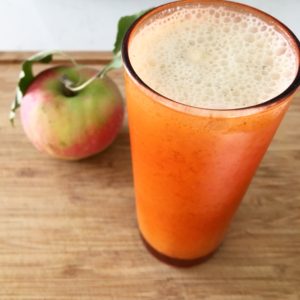We all know that February is American Heart Month—I mean, it’s bisected by Valentine’s Day for Pete’s sake! Though there may be a plethora of heart-shaped candies and adorned cards still floating around out there, I’ve decided to join the efforts of the American Recall Center to bring you some heart-healthy nutrition advice before our collective attention shifts toward other things.
First, some scare tactics. Did you know that heart disease is the leading cause of death and a major cause of disability here in the USA? According to the CDC, more than 600,000 Americans die of heart disease annually. Fortunately, most contributing factors to heart disease are not genetic which means we get a say in whether or not we or someone we love falls victim to this awful disease.
Diet plays a huge role in heart health. Make this month the jumping off point for better eating habits to benefit your ticker. You can start by weaving more of my Top 5 Foods for Heart Health into your diet.
Top 5 Foods for Heart Health
No. 1 – Cinnamon
Cinnamon is more than a sweet staple in my culinary arsenal, it’s a super-spice with superpowers! Just one daily teaspoon of antioxidant-rich cinnamon helps reduce artery-clogging fats in the bloodstream, helping prevent plaque build-up. According to recent research, it may also work to lower bad cholesterol (LDL) levels by as much as 26%. I like to sprinkle this on unsweetened yogurt, homemade toast with almond butter, a sliced apple, and into my morning oatmeal or smoothies.
No. 2 – Nuts
Nuts—like unsalted almonds, cashews, and pistachios—are very high in heart-healthy monounsaturated fats, vitamin E, and fiber. Monounsaturated fats may help reduce levels of LDL cholesterol in your blood and lower your risk of heart disease and stroke. Walnuts are an excellent plant-based source of alpha-linolenic acid, an omega-3 fatty acid which helps fight cardiovascular disease. Nuts are an easy-to-pack, non-messy snack. I always have small plastic baggy of almonds in my bag to ward off hunger pangs between meals!
No. 3 – Avocados
Another source of monounsaturated fats are avocados. Who doesn’t love this delicious fruit? Yes, it’s a fruit. Like nuts, avocados can lower levels of LDL cholesterol, and what’s more, may increase levels of HDL (“good”) cholesterol. Add some nutrient density to your smoothies with ¼ avocado per serving, or make some homemade guacamole and layer a thin smear of that goodness on a piece of whole grain toast. Top with a pinch of red pepper flakes for some kick!
No. 4 – Whole Grains
Speaking of whole grains, the soluble fiber found in whole grains like faro, brown rice, quinoa, and oatmeal actually binds to the cholesterol in your meal and drags it kicking and screaming out of your body. Take that LDL! An easy way to start your day off right, especially in these colder winter months, is a hearty breakfast of rolled oats with fresh fruit, chopped nuts, almond milk, and cinnamon—that’s three Top 5 Foods for Heart Health in one tasty bowl!
No. 5 – Tomatoes
No list for heart-healthy foods would be complete without tomatoes. Tomatoes are packed with disease-fighting antioxidants, vitamins A and C, and folic acid. They renowned for another anti-oxidative substance called lycopene. Lycopene is phytochemical and pigment that gives tomatoes their vibrant color. Lycopene has been linked to lower systolic and diastolic blood pressure, reduced risk of stroke, decreased inflammation in the body, and decreased LDL cholesterol. In an average diet, tomatoes account for over two-thirds of lycopene consumption but you can also get it from other fruits and vegetables like watermelon. Though out of season unless you live in warmer climates, try my Peach Gazpacho and Fruit Salad with Ginger Lime Dressing for more lycopene in your life.
Check out www.Heart.org for more information on how you can help yourself and those around you have a healthier heart starting today.











